
Triboliini is a tribe of darkling beetles in the family Tenebrionidae. There are about 10 genera in Triboliini.
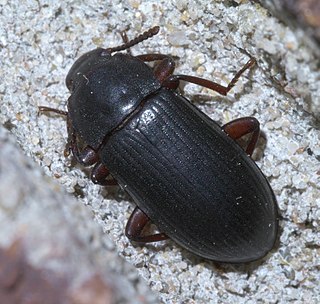
Tenebrionini is a tribe of darkling beetles in the family Tenebrionidae. There are at least 20 genera in Tenebrionini.

Helopini is a tribe of darkling beetles in the family Tenebrionidae. There are at least 50 genera in Helopini.

Ulomini is a tribe of darkling beetles in the family Tenebrionidae. There are more than 20 genera among Ulomini.

Phrenapatinae is a subfamily of darkling beetles in the family Tenebrionidae. There are more than 20 genera in Phrenapatinae, grouped into 3 tribes.
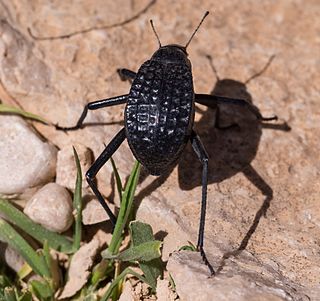
Adesmiini is a tribe of darkling beetles in the subfamily Pimeliinae of the family Tenebrionidae. There are about 11 genera in Adesmiini, found primarily in tropical Africa.
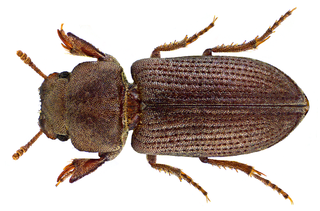
Cnemeplatiini is a tribe of darkling beetles in the subfamily Pimeliinae of the family Tenebrionidae. There are about nine genera in Cnemeplatiini.

Stenosini is a tribe of darkling beetles in the subfamily Pimeliinae of the family Tenebrionidae. There are more than 40 genera in Stenosini.

Tentyriini is a tribe of darkling beetles in the subfamily Pimeliinae of the family Tenebrionidae. There are more than 90 genera in Tentyriini.
Alphitobiini is a tribe of darkling beetles in the family Tenebrionidae. There are about eight genera in Alphitobiini.
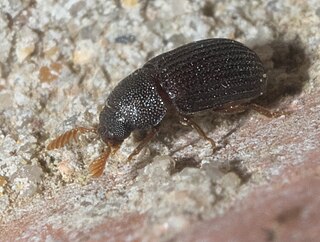
Bolitophagini is a tribe of darkling beetles in the family Tenebrionidae. There are more than 20 genera in Bolitophagini.
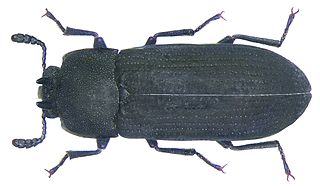
Toxicini is a tribe of darkling beetles in the family Tenebrionidae. There are about 17 genera in Toxicini.
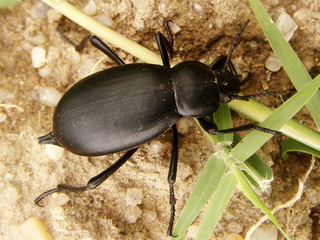
Blaptini is a tribe of darkling beetles in the family Tenebrionidae. There are more than 30 genera recognised in the tribe Blaptini.

Pedinini is a tribe of darkling beetles in the family Tenebrionidae. There are about 19 genera in Pedinini.
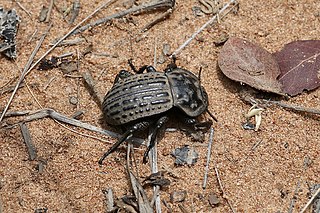
Platynotini is a tribe of darkling beetles in the family Tenebrionidae. There are more than 70 genera in Platynotini.
























